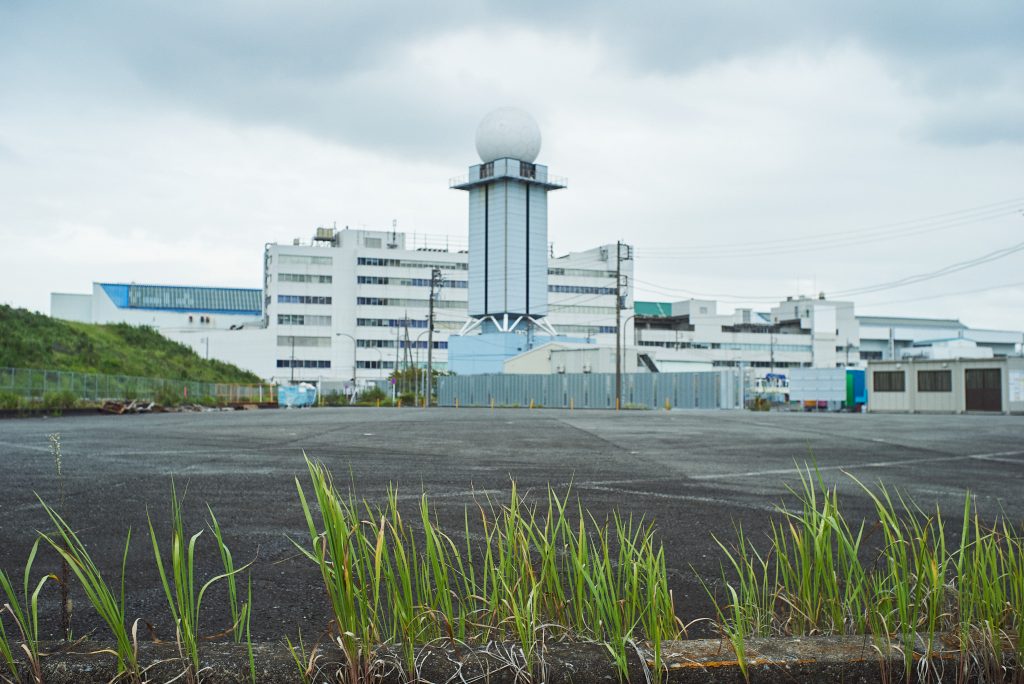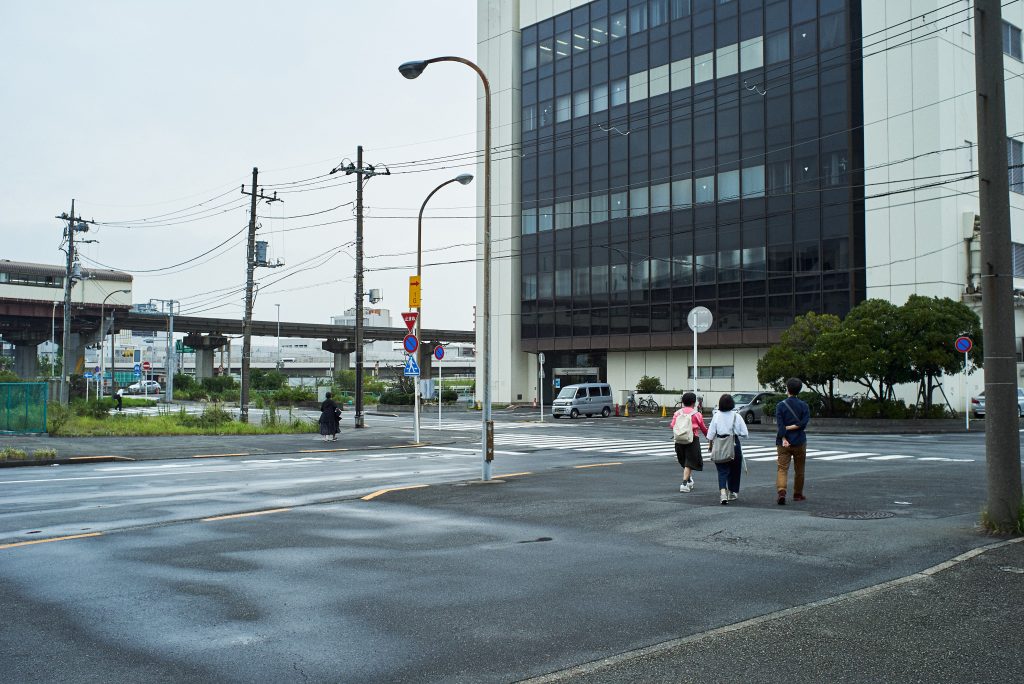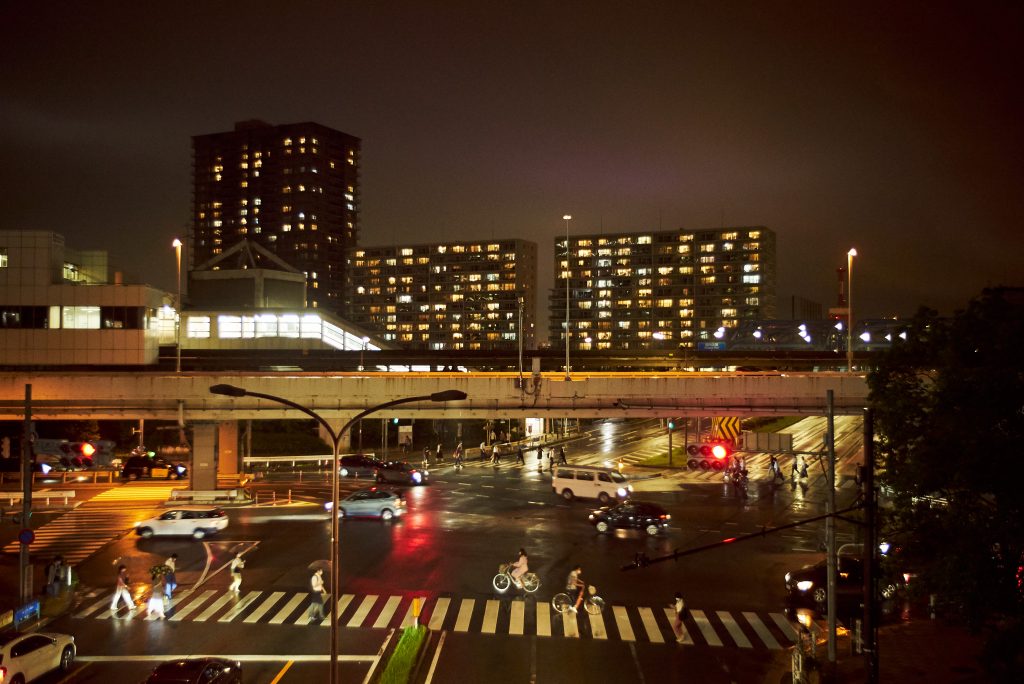20211010
Ride the Tokyo Monorail
A City at Forty Years
In the 1960s, Japanese architects proposed one new urban vision after another under the name of the “Metabolism Movement,” which means “metabolism. The time was a period of rapid economic growth. In order to support the exploding expansion of business activities, Tokyo was idealized as a city that could metabolize itself like a living organism that quickly adapts to its environment. At the time, this attracted the world’s attention, but it fizzled out in less than a decade as a magnificent and bizarre idea from an architect. Nevertheless, Tokyo has never tired of developing itself ever since, basically in line with an ever-growing urban model.
In other words, if things continue as they have in the past, it is time for the sceneries that we, who are over forty years old, saw in our childhood to start disappearing. Will the scenery that has simply not been paid attention to, rather than towns that are the subject of massive redevelopment or photogenic cityscapes that we want to preserve, continue to disappear? With this in mind, a group of people close to my age decided to walk through the sceneries that I recall when I hear the word “Tokyo” and that have remained in my memory for a long time. The locations were several stations along the monorail that were memorable for Wen-san.
When I visited, I was surprised to find that time had stopped everywhere. This scene neither expected nor unexpected. It is natural, but what was once new seems to have become old as it is. There was no sense of aging or the charm that comes from being used, but simply a bleak scenery that has aged as it has. It’s like leafy vegetables in the refrigerator that you forgot you bought and have ruined (often found in a wilted state, just like that).
After sixty years, will it suddenly become something that has value over the years? So far, I don’t feel that way. If it had been before, it would surely have been demolished before it was given any value. However, in Japan, where the speed of metabolism has slowed down to a super crawl, it is impossible to manage renewal of everything in the same time span. Even in central Tokyo, the number of places like this that have fallen into air pockets may increase. A corner of the city that is just going to grow old, untouched.
Wen-san, who has lived in Japan since she was three years old, tells us that these sceneries are connected to those of Taiwan, which she visits by plane at the end of the monorail. East Asian metropolises are developing at a speed unmatched by Tokyo. In other words, the cycle of metabolism is also rapid. On the other hand, she feels nostalgic for places in Taiwan that retain the good old atmosphere. It is interesting that cities with different time zones are connected to each other in her mind.
Wen-san, who has lived in Japan since she was three years old, tells us that these sceneries are connected to those of Taiwan, which she visits by plane at the end of the monorail. East Asian metropolises are developing at a speed unmatched by Tokyo. In other words, the cycle of metabolism is also rapid. On the other hand, she feels nostalgic for places in Taiwan that retain the good old atmosphere. It is interesting that cities with different time zones are connected to each other in her mind.
The Tokyo scenery is probably at a crossroads, having passed the halfway point of 40 years or so since the 1980s. The ever-new and ever-changing “future city of Tokyo” was, after all, only an ideal. This city is slowly but surely fraying and aging. At this point in time, I would like to observe more about the present location of the scenery that I have passed by. The real Tokyo must be standing in such a place that I thought was unimportant. I have a feeling that this will give me a hint of the attachment I have for Tokyo.
“Tokyo is a city where wanderers gather, and yet I have no home to go back to.” There must be many people from the Tokyo metropolitan area (I am one of them) who believe this. But they are responsible for this city. The metabolism of Tokyo is getting worse.


